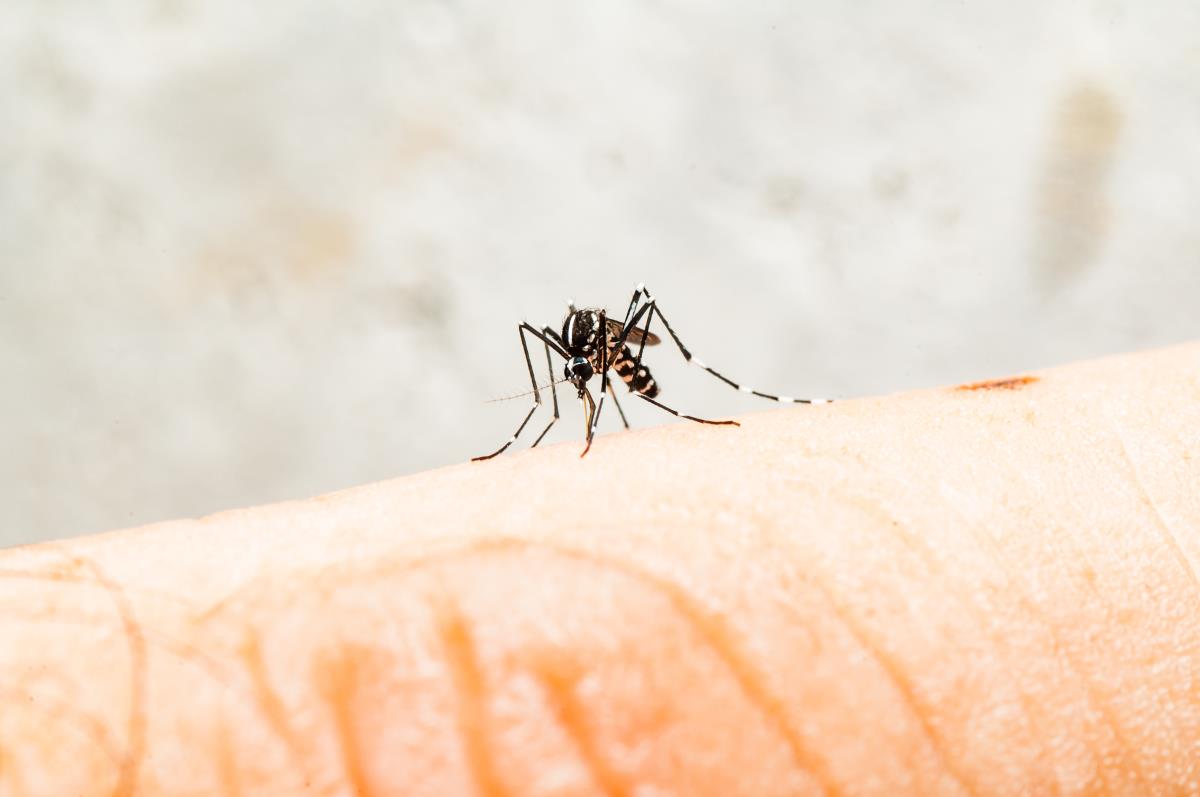
The reality testing technique has prompted participants to check their environment several times daily to see whether or not a dream has occurred. On the other hand, the wake back to bed approach entails waking up five hours after sleeping, staying awake for a few minutes and then going back to sleep in order to enter a rapid eye movement (REM) sleep period. Dreams are more likely to occur during the REM period, the experts say. In addition, the MILD technique involves waking up five hours after sleeping and repeating the phrase "The next time I'm dreaming, I will remember that I'm dreaming" before going back to sleep. The research team has also given the participants a questionnaire and a logbook to keep track of their dream experiences for a week.
"Reality testing is practiced throughout the day, and even though you're forming that intention, when you go to sleep there's still a gap between when you last do a reality test. Lucid dreaming tends to happen in the last couple of hours of sleep. Hence waking up after five hours to do the MILD technique, you'll have a very strong intention directly before your most intense dreaming period," the expert has stated in a Mashable.com entry.
"The MILD technique works on what we call 'prospective memory' – that is, your ability to remember to do things in the future. By repeating a phrase that you will remember you're dreaming, it forms an intention in your mind that you will, in fact, remember that you are dreaming, leading to a lucid dream," lead researcher Dr Denholm Aspy has told Science Alert online.
Researchers observe interesting study results
The study's findings have shown that participants who combined all three techniques have exhibited a 17 percent success rate in experiencing lucid dreams within a period of only one week. This has been significantly higher compared with a baseline week when the participants did not adopt the techniques. The research team has also observed that the success rate has risen to as much as 46 percent among participants who were able to go back to sleep within the first five minutes of completing the MILD technique. (Related: Four ways to vastly improve your sleeping quality and dream life.)
Participants who experienced lucid dreaming are also less likely to lack sleep, the experts have reported in a Daily Mail article. According to the scientists, the results suggest that lucid dreaming does not have an adverse effect on the body's overall health and wellness. The research team adds that the findings not only provide an insight on the mechanics of lucid dreaming, but may also show potential implications in the development of various disease treatments.
"Importantly, those who reported success using the MILD technique were significantly less sleep deprived the next day, indicating that lucid dreaming did not have any negative effect on sleep quality. These results take us one step closer to developing highly effective lucid dream induction techniques that will allow us to study the many potential benefits of lucid dreaming such as treatment for nightmares and improvement of physical skills and abilities through rehearsal in the lucid dream environment," a university release reads.
Sources include:
Please contact us for more information.























